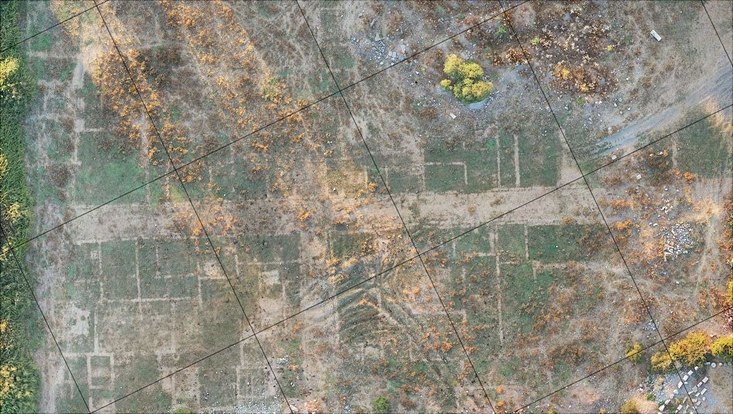Geiton - Neighbourhood dynamics in the Megapolis of Miletus (DFG/ANR)

The project uses archaeological methods to investigate a neighbourhood of the ancient megapolis of Miletus as a case study. The overarching aim is to understand the significance of the middle urban level of the neighbourhood (Geitonia), which has so far received little attention in favour of the oikos (house) and the polis (city as a whole) for the genesis and structure of the urban community. We start from the hypothesis that the small-scale areas away from the political centre of the city represent an important section of urban realities. They directly shape the social situation of city dwellers; however, neighbourhood practices also have an impact on the community as a whole. The study area comprises six insulae (street districts) in Miletus, a large city that existed over many historical phases from antiquity and post-antiquity (13th century BC to 15th century AD). Preliminary investigations show that this quarter is characterized by a juxtaposition of houses of different sizes, tabernae and a large thermal bath complex. It is located on one of the main axes of Miletus and is in turn accessed by streets and alleyways of various sizes. This diverse neighbourhood is therefore particularly well suited as an object of study to understand the spatial relationships and practices of the inhabitants in their possible long-term change. Using a combination of aerial photography evaluation, the analysis of geophysical survey images and targeted excavations, we want to explore the architectural structure of the district. The focus of interest is particularly on the contact zones, i.e. shops, vestibules and shared spaces in general. It is therefore less about the individual buildings themselves than about their relationship to each other and the spaces in between where the residents' encounters took place. The interrelationship between neighbourhood and overall community always plays a role here, for example the question of the extent to which the construction of the large thermal baths has changed the structure of the entire neighbourhood in the long term. Overall, we expect to be able to develop a new perspective on the ancient city that is no longer primarily focused on monuments but on the relationships between the city's inhabitants.
-
Kooperationspartner: Prof. Dr. Wolfgang Rabbel (Christian Albrechts-Universität Kiel)
- Mitarbeiter*innen: Nadia Cahenzli, M.A., Fabian Sliwka, M.A.
- Dauer: 2025-2028
- Projektleitung: Prof. Dr. Christof Berns, Prof. Dr. Julien Zurbach
- Drittmittelgeber: DFG – ANR (Deutsch-Französisches Programm in den Sozialwiss., BE 3219/5-1)
